Image Gallery: Best of Bears
The Bear Family
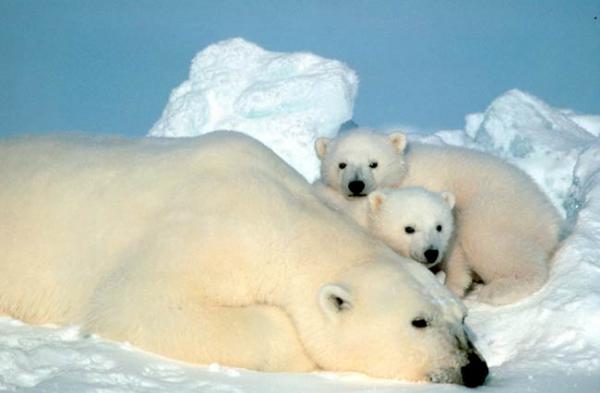
The family of bears (Ursidae) has eight living species. They are solitary animals that only hang out with other bears during mating season. Young bears, like the polar bear cubs above, stay with their mothers until they are old enough to go out on their own, usually at age two.
Snowy White
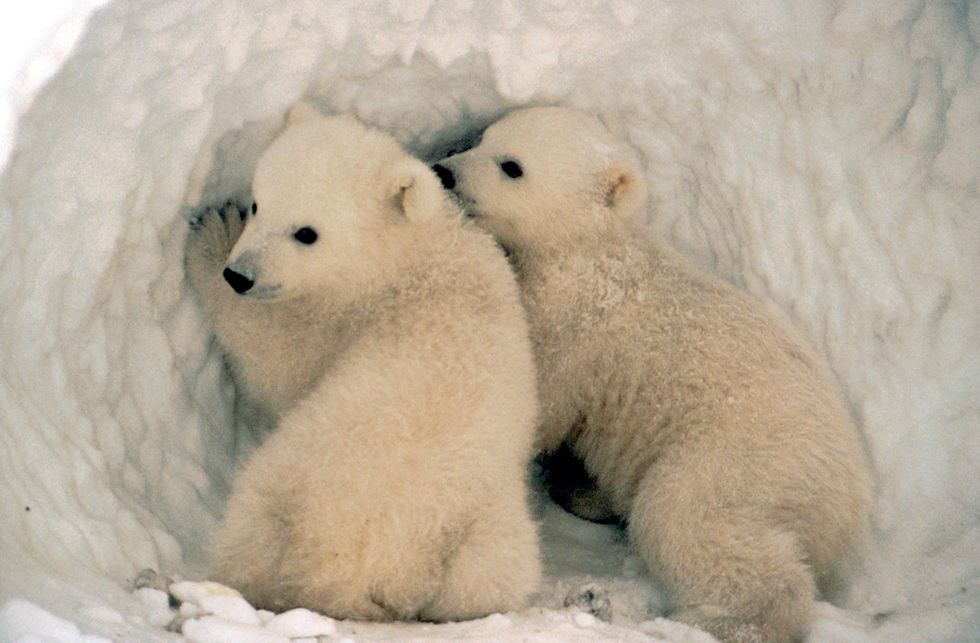
Polar bears' fur isn't actually white — the long, coarse "guard" hairs that protect their thick undercoat are hollow and transparent. The finer, thinner hairs of the undercoat are not hollow, but are also colorless. Polar bears (Ursus maritimus) get their unique coloring from the air spaces in each hair strand, which scatter all the colors of the light spectrum, making their fur appear stark white.
Warm and Toasty

Polar bears descended from their brown bear ancestors, but unlike brown and black bears, they do not hibernate. They are terrific swimmers and have a layer of subcutaneous fat, very similar to the blubber of sea mammals, which keeps them warm in the Arctic Circle's freezing waters.
Bear Bliss
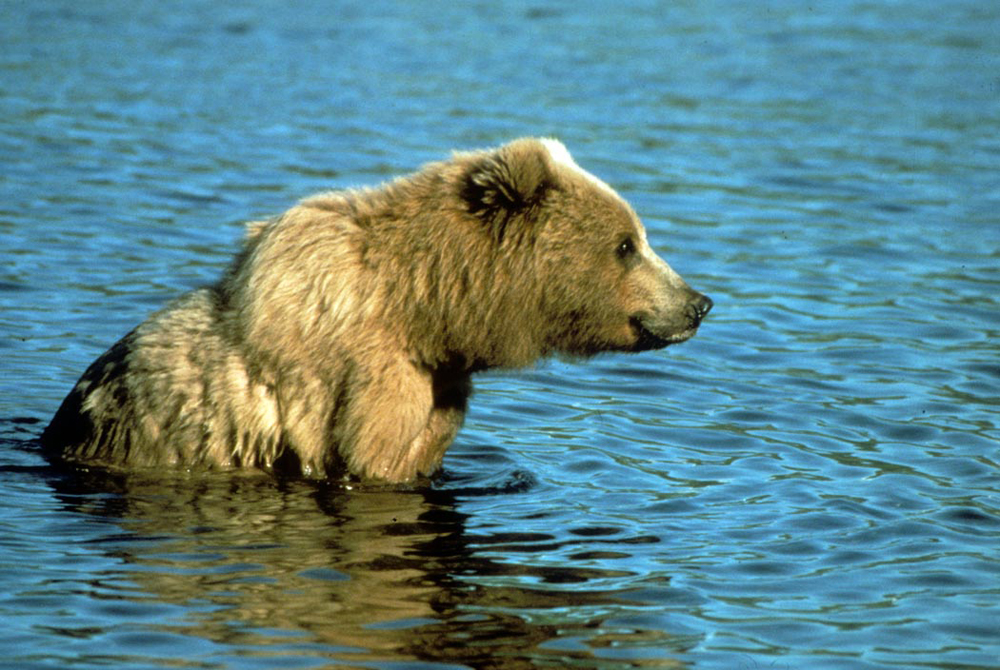
The massive brown bear (Ursus arctos) can weigh up to 1,700 pounds (780 kilograms) and is the most widely distributed of all bears. They are mostly found in Russia, the United States, Canada, Sweden and Finland. In the U.S., they live in the mountainous areas and remote forests of the northwestern states, maily in Alaska. The brown bear's large, strong shoulder muscles help it to dig up roots and tear apart logs when rummaging for food. This brown bear is happily relaxing in the shallow water of a creek.
Why, Hello There
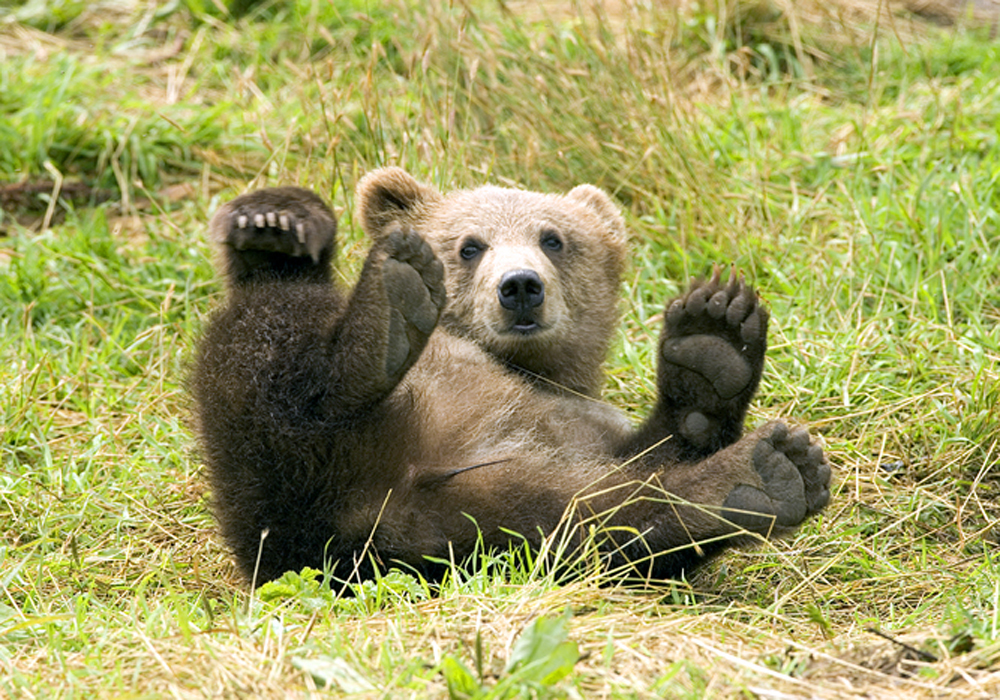
Brown bears hibernate during the winter, and because their mating season is from May to July, the females usually give birth around February, during the coldest part of winter. In fact, they deliver their cubs while still asleep! The baby bears nurse and keep themselves warm in their mother's fur until she awakens in the springtime. At that point, the cubs have already grown teeth and thick fur and are ready to play outside the den.
Grizzly Bear
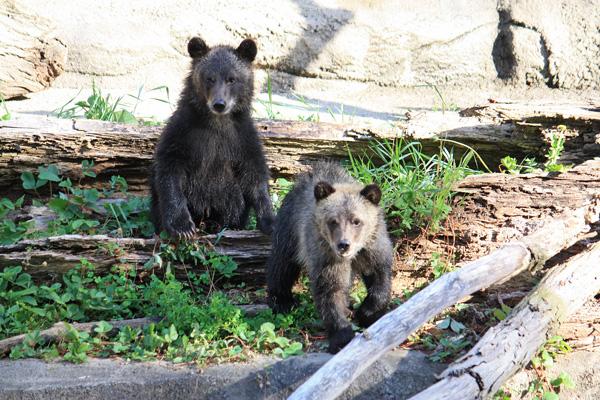
The grizzly bear (Ursus arctos horribilis), also known as the North American brown bear, is a subspecies of the brown bear. These two little bear brothers, estimated to be four months old, are being cared for at a wildlife rehabilitation facility in Cleveland after a man searching for shed antlers startled the cubs' mother and shot the mother grizzly in self-defense.
Black Bear
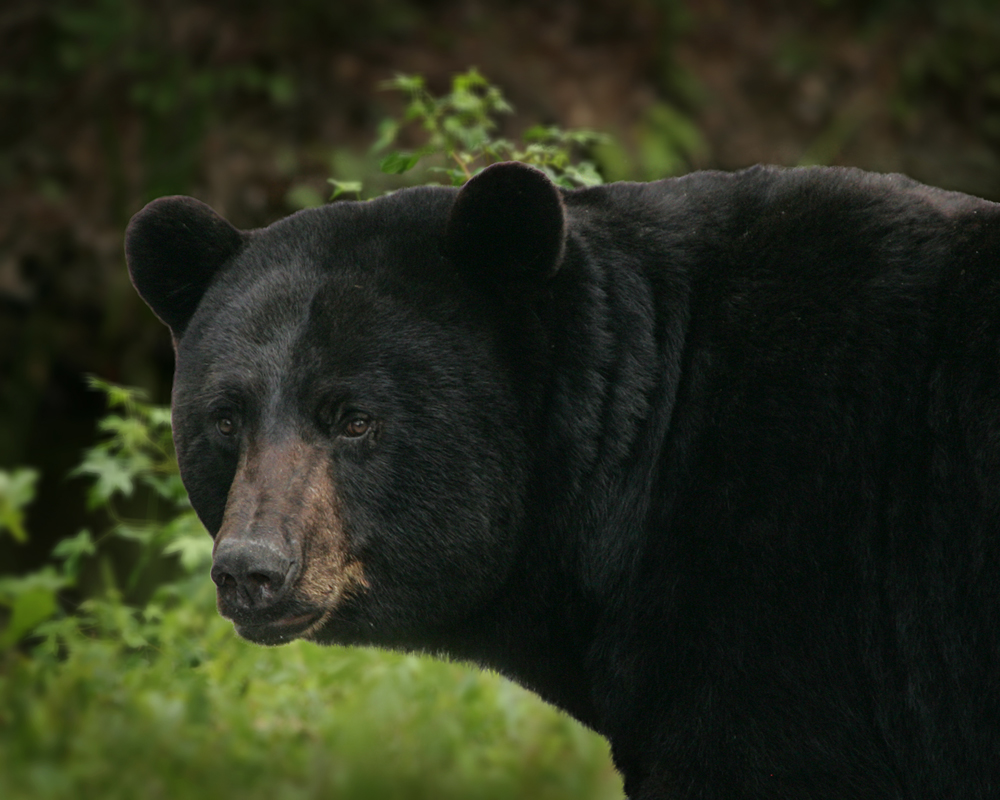
The American black bear (Ursus americanus) is only found throughout the forests of North America, where their population is estimated at 750,000, according to the Maine Department of Inland Fisheries and Wildlife. Despite their names, black bears' furs can be cinnamon brown, silvery blue, blond or even white.
Get the world’s most fascinating discoveries delivered straight to your inbox.
Naptime!

A young black bear settles in for a slumber. The bears are born with blue eyes that turn brown as they mature.
Sun Bear
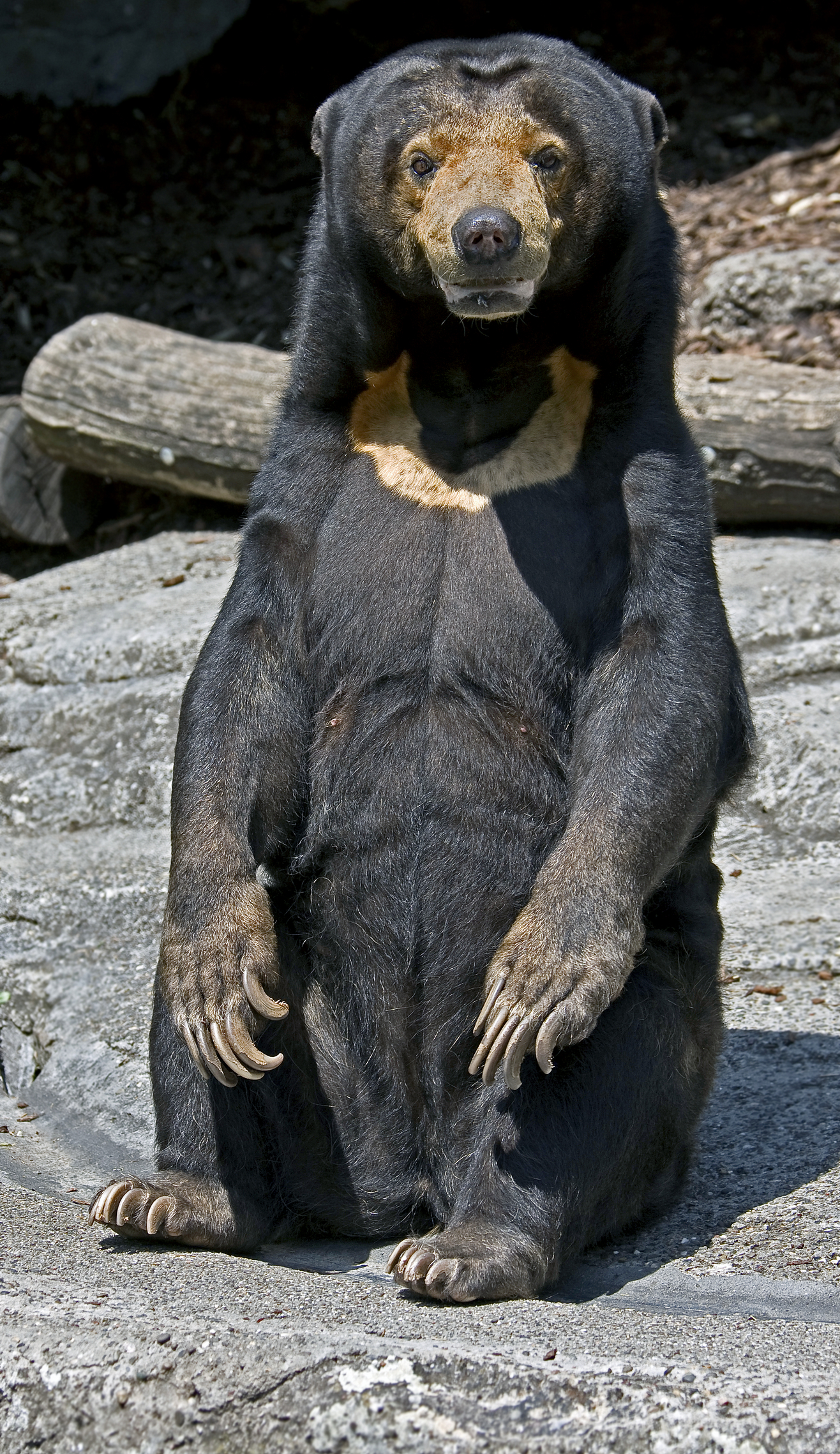
The sun bear (Ursus malayanus) is the smallest of the existing bear species. The average adult sun bear is only 3.3 feet (1 meter) long, and adult males can weigh from 60 to 145 pounds (27 to 66 kg), while the females are somewhat smaller. They can be found in Southeast Asia, including in Malaysia, Bangladesh, Eastern India, Cambodia, Vietnam and Thailand. Sun bears have a tan "V" on their chest, making it look like as though they are wearing a golden necklace.
Honey Bear Cub

Also known as the Malaysian bear or the honey bear, the sun bear was classified as vulnerable by the World Conservation Union in 2007 because its numbers have declined due to deforestation and poaching. Here, a rescued sun bear cub that had been sold in an illegal wildlife trade.
Asiatic Black Bear
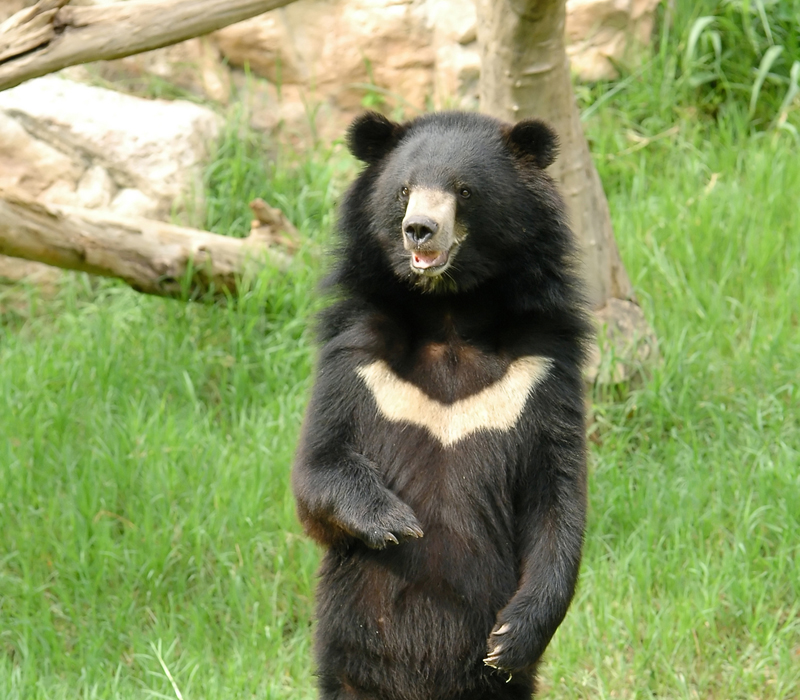
Like the sun bear, the Asiatic black bear also has a light-colored mark on its chest. The fur is white and cresent-shapped, which eplains why the Asiatic black bear's scientific name, selenarctos thibetanus, means "moon bear of Tibet." The bear can be found in Iran, Afghanistan, northern Pakistan, east through the Himalayas, south to Bangladesh and Laos, and north through the Tibetan Plateau.
